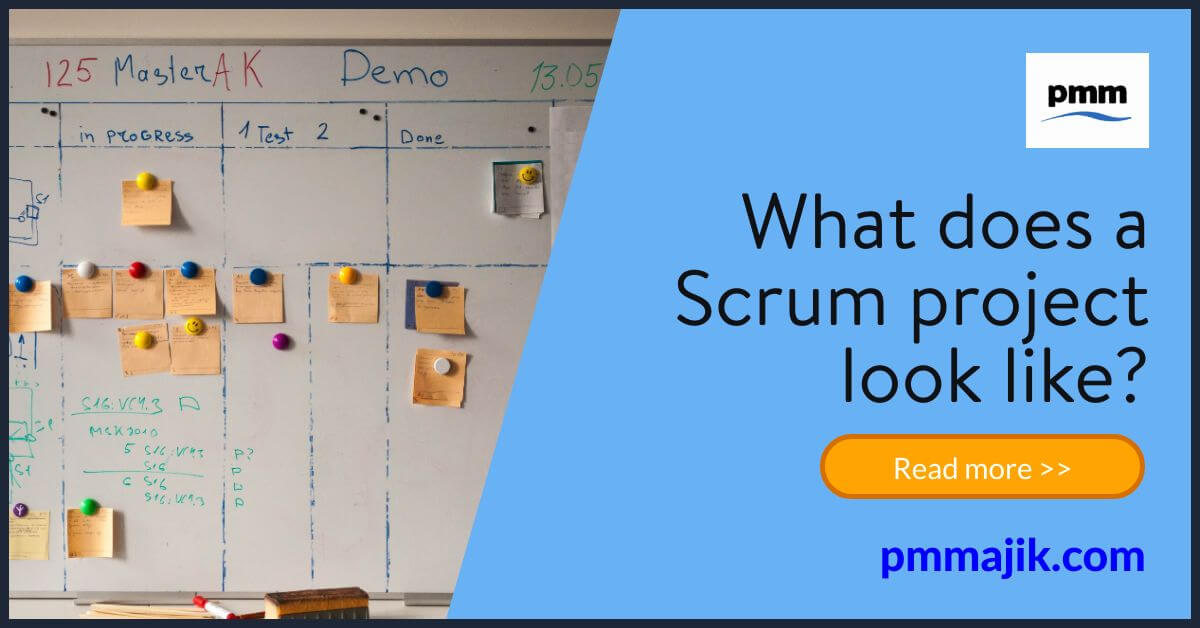Projects can come in many guises. There are waterfall and agile techniques, and lots of theories and systems that fall under these ideas. Here, we’re going to answer the question: what does a Scrum project look like?
Scrum needs you to take a different attitude to your planning and execution, with different roles and a different workflow. We’re going to answer the questions:
- What makes a Scrum project different?
- What are the steps in a Scrum process?
- How do I track my Scrum project?
To give you a guide to how to make the system match up to your project demands.
Scrum project vs what you already know
When you choose to run your project with Scrum methodology, you’re choosing to really shake up the way you do things. The way your team works will be different, how your day looks changes, and the process to get things done is more defined.
A Scrum project will have a focus on your team managing themselves and collaborating to decide how to get things done. Every day will see a fifteen-minute meeting take place to allow for discussion and adaptation.
Scrum works well for projects with flexible requirements and your team need to be open to fast-paced change. A Scrum project breaks big actions into manageable chunks of tasks rather than having one, long timeline.
The Scrum process
A Scrum project only lasts a matter of weeks. This means a project with a big deliverable gets broken down into smaller tasks to make it work for Scrum. Although the steps are clearly defined, it’ll take a long time to master it to a fine art.
1. Product backlog
This stage is completed by the product owner. They need to gather high-level requirements of the project, prioritise them, and understand what the final deliverable needs to look and feel like.
The backlog is flexible and you should expect to see it change and evolve throughout the process as new ideas form or market trends change.
2. Sprint backlog
Like the product backlog, the Sprint backlog will contain all the tasks that need to be completed during the execution phase of the project, know as the Sprint. This will be more detailed than the product backlog and will also need to be prioritised.
The Sprint backlog will provide an actionable framework for the Sprint. The project should aim to clear the backlog in order.
3. The Sprint
The Sprint in the phase of a Scrum project where all the action is. The Sprint team will complete the tasks laid out in the backlog by planning and working together.
A key role in the Sprint in the Scrum Master; a person well trained in the art of the Scrum. They keep the Sprint on track and running smoothly.
The aim of the Sprint is for the expert team to clear the backlog and deliver the project. This process has a tight timeframe of between two to four weeks, depending on the project.
4. The Scrum
Every day there must be as daily meeting, called the Scrum. It held at the start of the day with a full team and is facilitated by the Scrum Master. Three questions should be tackled in the Scrum:
- What did you work on yesterday?
- What will you work on today?
- Do you need any help with what you’re working on?
The meeting should last no more than 15 minutes.
5. Sprint review and retrospective
At this point, the project will have been delivered. The team needs to gather together to dissect what was a success in the Sprint and what can be improved upon.
The feedback from here should go into the next Sprint and can be used to hone the product and sprint backlogs, too.
The Sprint board
You need to keep a track of your Sprint, just like with any other project. Having a dynamic and visual display of where you are and how much of the backlog has been completed is useful to motivate the team.
Your Sprint board can be as simple as a whiteboard, magnets, and coloured papers, or as elaborate as a bespoke software package. What’s important is letting your Sprint team know where they’re up to.
Conclusion
To answer the question “what does a Scrum project look like?” we need to look at the steps in the process. Scrum projects are short and versatile, running over just a few weeks with clearly defined steps that also leave a lot of room for your team to work together to come up with solutions.






